Member for Wollongong, Paul Scully MP, announced $616,537 in funding for the Debris Control Structure at The Avenue Figtree and $300,000 for the replacement of Towradgi Surf Club roof as two of the more than 100 essential public and community asset projects that will be repaired or built back across NSW as part of the Infrastructure Betterment Fund and Community Assets Program.
The Debris Control Structure will assist in capturing natural and urban debris before it blocks the entry to the culvert. This will reduce the likelihood of the culvert becoming blocked in future severe weather events.
Associated access works will also be carried out so that maintenance of the Debris Control Structure can be undertaken in safely and in a timely manner to prevent debris from creating an impact during repeated severe weather events.
Mr Scully said that given the impact that debris had had on the severity of flooding in Figtree the Debris Control Structure will be a welcome improvement in assisting in the management of the impacts of severe weather events.
Towradgi Surf Club will have its roof replaced, including new Custom Orb roof sheeting, guttering and downpipes with remedial works to also be undertaken on the male amenities.
Mr Scully said that the need to replace the Towradgi Surf Club roof was identified when the Club sought to install solar panels and that the roof replacement will help set the Club facilities up for the future.
Minister for Regional NSW Tara Moriarty said by providing this assistance the NSW Government is helping disaster impacted communities to work towards greater flood resilience and reclaiming their unique individual identities.
“High quality essential assets and community infrastructure are what drive local economies,” Ms Moriarty said.
“By rebuilding this infrastructure, we are ensuring communities have the amenities they need to entice visitors, encourage local businesses and residents to thrive, and allow services to keep supporting their communities during future natural disasters.
“The projects receiving funding represents our commitment to improve our regions and ensure no one is left behind.”
Projects from the Infrastructure Betterment Fund and in the Community Assets Program are jointly funded by the Australian and NSW governments under Disaster Recovery Funding Arrangements (DRFA).
The Infrastructure Betterment Fund is focused on building back essential public assets, such as roads, bridges and drainage, impacted by the 2019/2020 Black Summer bushfires, and the storm and flood events in 2021 and 2022, to better withstand future natural disasters, while delivering associated economic, social and productivity benefits.
The Community Assets Program is repairing and building back community assets, including parks, walkways, community buildings, and tourism and recreational facilities, impacted by the storm and flood events in February and June 2022.
The Community Assets Program has a key focus on incorporating betterment principles into projects to make sure they are more resilient, while also focusing on accessibility and inclusion benefits of rebuilt assets.
For more information, visit www.nsw.gov.au/regional-recovery-programs


